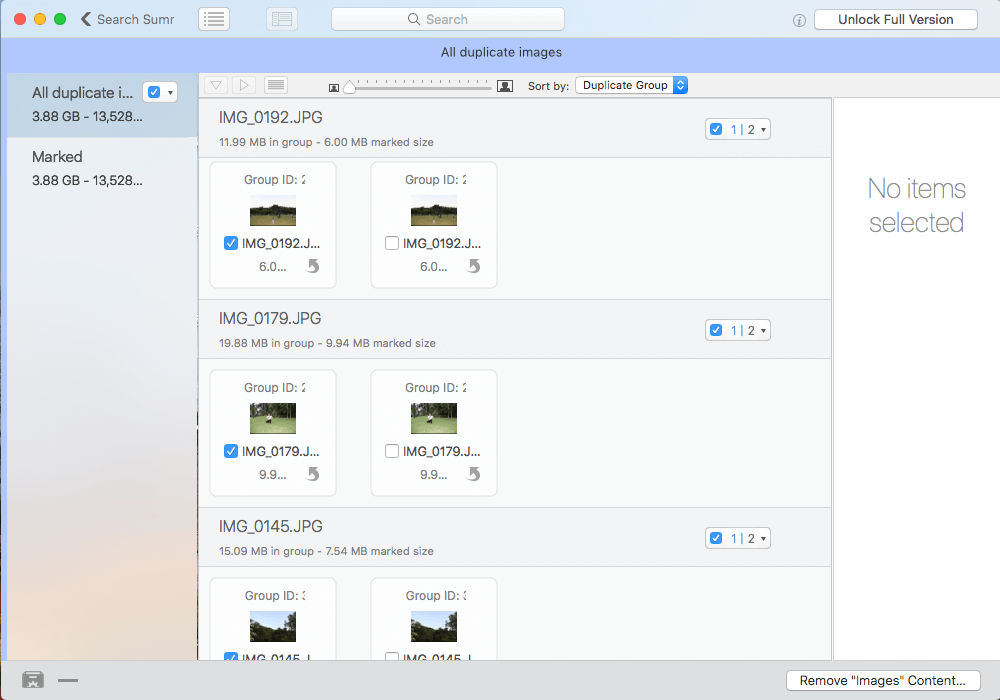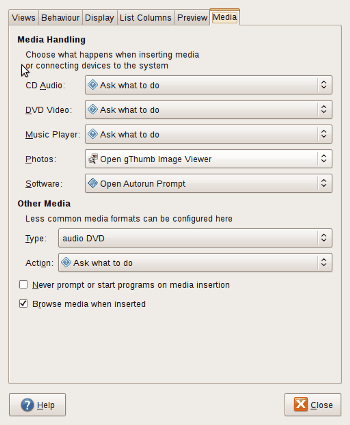


Use one of the above environment variables, but lowercase and remove duplicacy_Įxample: duplicacy set -key b2_id -value 6fdd6eeeefff Saving credentials to Duplicacy config file
#Duplicacy preference file password
not via a script (unless it passes on the password prompts, of course). This means you need to make sure that you do that first run interactively, i.e. The passwords will be stored when the backup command (or any other command apart from init or add) is run for the first time. Note that you must use the wasabi environment variables instead of the s3 environment variables if you are using the wasabi storage URL. The passwords stored in the environment variable and the preference need to be in plaintext and thus are insecure and should be avoided whenever possible. The last column ( key in preferences) in the table below lists the name of the preference key for each type of password.Įnvironment variable (non-default storage in uppercase) If a matching key and its value are saved to the preference file (.duplicacy/preferences) by the set command, the value will be used as the password.For example, if your storage name is b2, then the environment variable should be named DUPLICACY_B2_PASSWORD. Note that if the storage is not the default one, the storage name will be included in the name of the environment variable (in uppercase). The table below shows the name of the environment variable for each kind of password. If an environment variable for a password is provided, Duplicacy will always take it.However, if the -no-save-password option is specified for the storage, then Duplicacy will not save passwords this way. On Windows the passwords/keys are encrypted and decrypted by the Data Protection API, and encrypted passwords/keys are stored in the file.
#Duplicacy preference file mac os x
On Mac OS X it is Keychain, and on Linux it is gnome-keyring. If a secret vault service is available, Duplicacy will store passwords/keys entered by the user in such a secret vault and later retrieve them when needed.Duplicacy will attempt to retrieve in three ways the storage password and the storage-specific access tokens/keys.


 0 kommentar(er)
0 kommentar(er)
